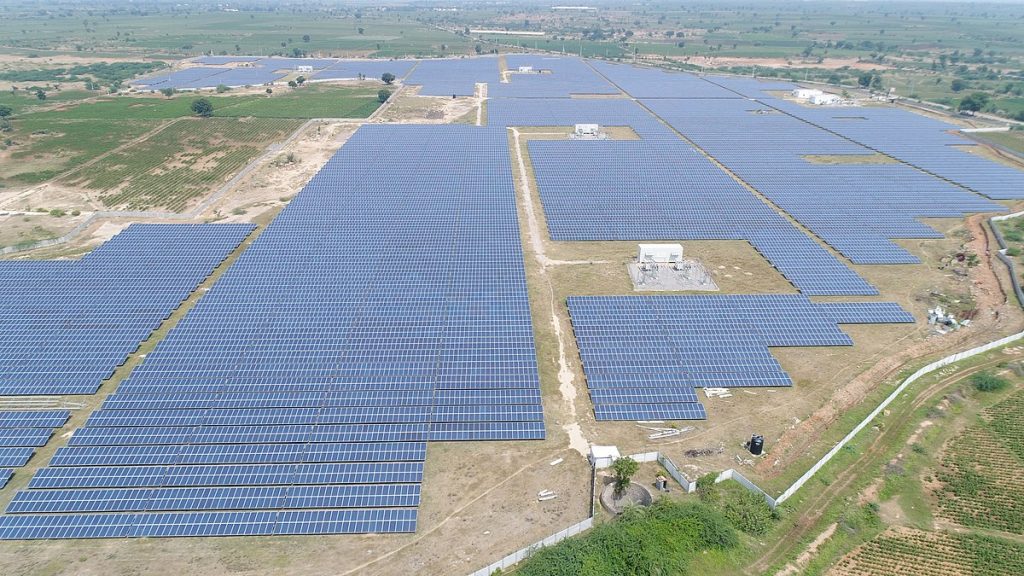
Clean, green energy is the key to any country’s development. Most countries of the world are working to achieve Goal 7 of the 17 Sustainable Development Goals, which aims at providing people across the globe, access to affordable, reliable, sustainable, and modern energy.
According to a report from 2019, nearly 84% of the energy consumption in India comes from fossil fuels. However, in keeping with its international commitments, the country plans to build a 500 GW renewable energy capacity by the end of the decade. This is the new nationally determined contribution (NDC) target of non-fossil energy capacity.
With such lofty aspirations, the focus is firmly fixed on India’s energy storage capacity. This means that the renewable energy battery storage capacity of the country is likely to get a major boost. Let us take a look at some of the storage capacity installations that are already in place or are in the works –
- Providing a major impetus to the push toward green energy, the government of India announced its plans to set up a 14GWh (gigawatt-hour) grid-scale battery storage system in Gujarat. This storage system is to be located in the Khavda renewable energy park, the largest of its kind in the world.
- The plans to set up a 13 gigawatt-hours (GWh) grid-scale battery storage system in Ladakh are also underway. The government is soon likely to call out bids to build this green energy storage unit.
- Amp Energy India, the country’s first truly balanced renewable energy company, already has built or has 7GW of solar, wind, and battery storage infrastructure under contract. The role of private players in building up India’s wind and solar electricity battery storage capabilities must be highlighted. Companies such as Amp Energy India have received a great deal of support from the government and administration as their goals align with India’s renewable energy objectives.
Let us now take a look at some of India’s broader objectives that have given a boost to building up the renewable energy battery storage capacity of the country.
- The government of India intends to integrate its renewable energy production with the power system of the country. This makes it imperative to have a robust energy storage system in place.
- The battery storage system is also meant to be used as the grid element that will help maximise the transmission system for renewable energy.
- RLDCs and SLDCs or the system operators and load dispatchers can use the battery storage capacity built to manage the variation in load and control frequency.
Building up battery storage capacity is at the very center of India’s move towards renewable energy. The current reliance on fossil fuels must be reduced. This can only be done when India adopts a two-pronged approach – building solar and wind energy generation capacity and building the storage and transmission capacity for the energy thus generated. India’s policies must factor in private players and their immense contribution as well.





